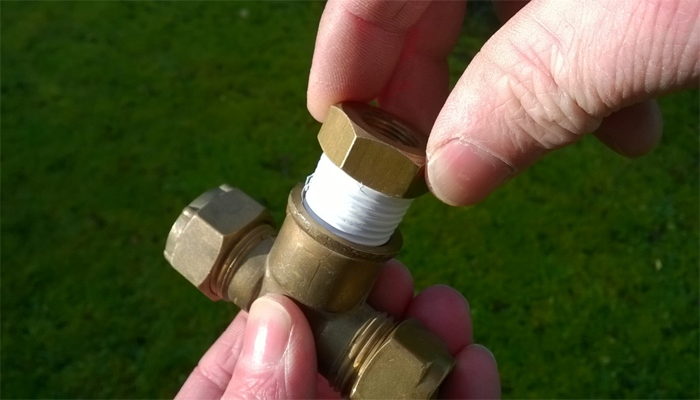To ensure the safe and efficient flow of gases and fluids, piping systems rely on angle pipe joints. Nevertheless, picking the correct angle pipe junction from the market’s abundance of alternatives can be a challenging ordeal.
What to Think About When Picking a Right Angle Pipe Joint
The first consideration should be the material used for the angle pipe joint. Find joints constructed from long-lasting, high-quality materials that can withstand corrosion.
Another important consideration is the type of connection used in the angle pipe joint. Angle pipe joints are often connected mechanically, compressively, or using flanges.

To make sure the angle pipe junction can handle the pressure of the gas or fluid passing through it, its pressure rating is critical.
Another crucial factor is the angle pipe junction’s temperature rating, which dictates how well the joint performs in extremely hot environments.
Critical considerations in determining the angle pipe joint’s compatibility with the pipe system include the joint’s size and shape.
Consideration of the angle pipe joint’s price is critical since it has a major impact on the total cost of the pipe system.
The Second Hypothesis: How to Pick the Appropriate Angle Pipe Joint for Your System
Before choosing a right-angle pipe joint, you must ascertain the pipe’s substance. You can use this information to choose a junction that works with the material of the pipe.
One more important thing to think about when picking an angle pipe joint is the pipe’s diameter. The joint must be such that it fits snuggly onto the pipe.
Find the recommended operating temperature and pressure: The pipe system must be compatible with the angle pipe joint’s pressure and temperature ratings.
Have a look at the kind of connection: The angle pipe joint’s connection type ought to be compatible with the pipe’s connection type.
Weigh the Expenses: When calculating the total cost of the pipe system, it is necessary to include the angle pipe joint’s cost.

Right Angle Pipe Joints in Action
Angle pipe joints often take the form of mechanical joints. Their many uses include heating, ventilation, and air conditioning (HVAC), plumbing, and industrial pipe systems.
Compression Joints: These joints are utilized in processes that involve high pressure, like chemical processing and the extraction of oil and gas.
Industrial piping systems in large-scale facilities, such as power plants and refineries, often make use of flange joints.
Conclusion
Finally, it’s not always easy to figure out which angle pipe joint is best for your specific plumbing requirements. It is possible to make a well-informed choice that satisfies your needs if you consider the elements above and weigh your available options.
Always keep in mind that the appropriate angle pipe joint has the potential to impact the safety and efficiency of your plumbing system greatly.